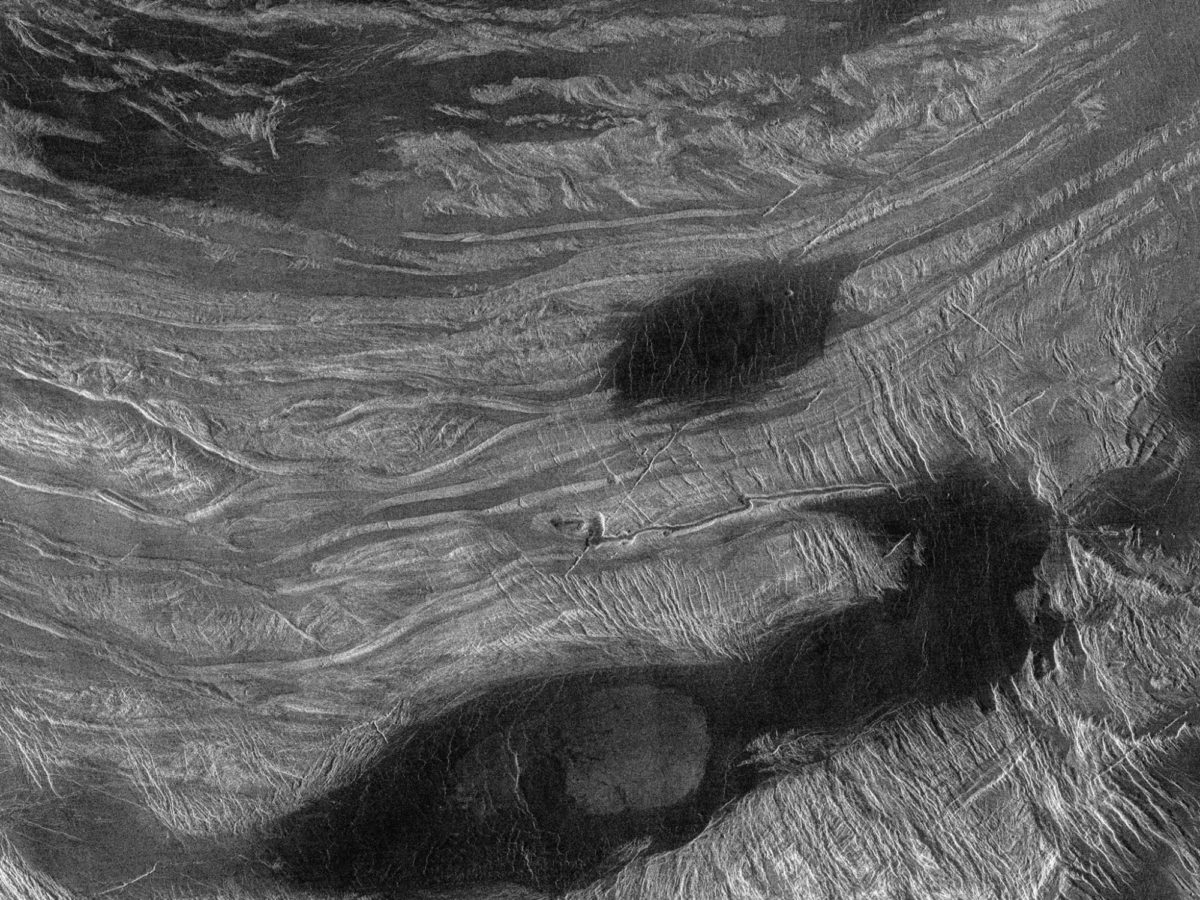Ted Stryk • Oct 05, 2011
Russia's Venera-D mission (DPS-EPSC 2011)
During the afternoon poster session at the Division of Planetary Sciences / European Planetary Science Congress meeting, I had a long talk with Ludmila Zasova (IKI) about Russia's Venera-D mission to Venus. It has been pushed back to 2018, and been scaled back significantly. In its original conception, it had a large orbiter, sub-satellite, two balloons, two small landers, and a large, long-lived lander. While this sounds spectacular, it also sounded dangerously complex for Russia's first mission to Venus since the mid-1980s.
In its new incarnation, the orbiter, of Phobos-Grunt heritage, is still large and will have extensive instrumentation, including an ultraviolet imaging spectrometer. The orbiter's mission will primarily focus on the atmosphere, studying its chemistry, greenhouse properties, and super-rotation. It will use infrared instruments to study surface-atmosphere interactions and look for volcanic activity, but unlike the earlier incarnation of the mission, it will not carry a radar instrument. The sub-satellite for plasma investigations has been retained.

The balloons and landers have been replaced with a single, large lander which will largely build on the heritage of the Vega landers, which launched in 1985. It will have a maximum surface lifetime of three hours, based on battery life. Unlike the Soviet landers, this one will have a targeted landing. For the early Venera landers, Venus had yet to be mapped, so there was no way to choose a landing site. The Venera-D lander will be targeted to one of the complex, enigmatic tesserae, regions of complex ridges that are unique to Venus. There are many theories as to the origin of tessera terrain, but compositional data from the surface is needed to discriminate among them.
The lander will have extensive instrumentation to study the surface and atmosphere. One of the most exciting things is that it will have a several panoramic cameras and engineering cameras that will take images that show the surface in a more human, complete perspective, than the U-shaped scans taken by Veneras 9,10, 13, and 14, giving us back on Earth a much better feel for what the region is "like". Given the complexity of the terrain they plan to land in, these views should be spectacular. It will, incidentally, carry old-style panoramic cameras as well in order to get some really close-up views of the surface very close to the lander.
While many of you may be disappointed at the scaling back of this mission, I believe it is for the best. Given the funding available, which, while much better than in the 1990s, is still constrained, this is a mission that has a real chance of actually flying. No other space agency has a mission to land on Venus (or build a new orbiter, although Venus Express continues to operate and Akatsuki may eventually enter some sort of orbit around the planet) in planning or development, so this is likely our only chance to make a major advance in Venusian exploration in the coming decade. Best of luck to the Venera-D team!
Support our core enterprises
Your support powers our mission to explore worlds, find life, and defend Earth. You make all the difference when you make a gift. Give today!
Donate

 Explore Worlds
Explore Worlds Find Life
Find Life Defend Earth
Defend Earth


